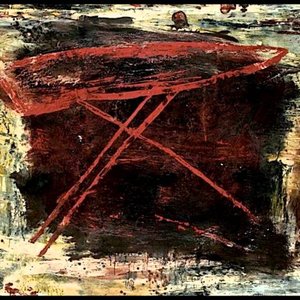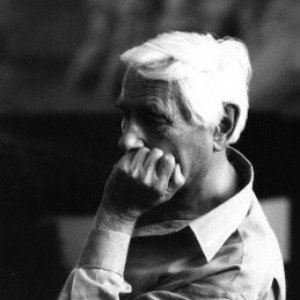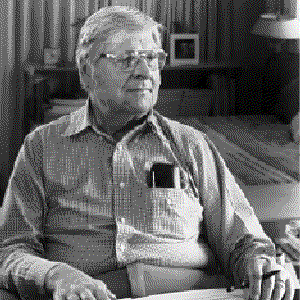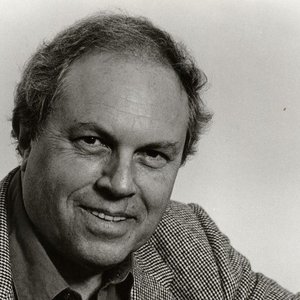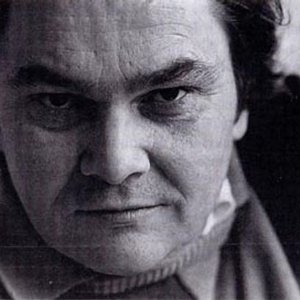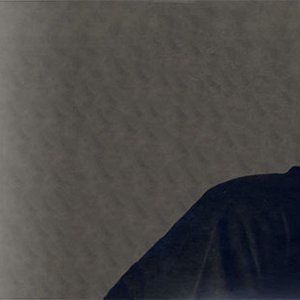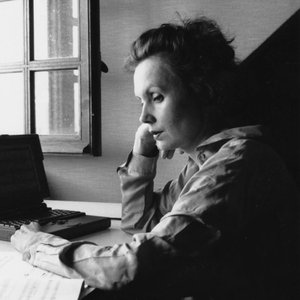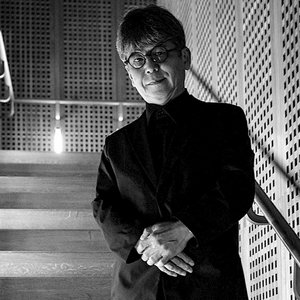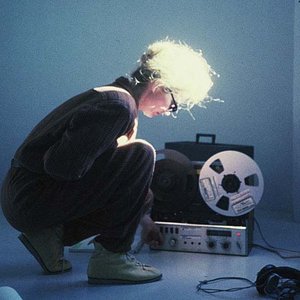Biography
Yasukazu Amemiya studied at the Tokyo University of the Arts. Immediately after graduation in 1962 he entered the Yomiuri Nihon Orchestra at the time of its foundation, after which time he became active as a solo performer of contemporary music while retaining his position in this orchestra. He went to the United States in 1973 where he studied under Prof. Saul Goodman and Prof. Paul Price. And his activity as a guest soloist and ensembles during this period gave him increased ability and self-confidence.
The prerequisites for the contemporary percussionist are a good sense of rhythm, the ability to deal with complicated rhythms, sensitive response to tone color, in addition to an organic sense of rhythmic distribution, flexible bodily control and quick movement. This new field of percussion playing has however reached musical maturity so that, transcending the above requirements, the creative imaginations of the various percussionists are now in competition. Yasukazu Amemiya's performance style possesses its own particular musicality and individual syntax, as will be observed by listening to the present recording.
The most representative example of his style is Amemiya's own composition "Summer Prayer", composed in 1974 during his stay in America and originally performed with the Manhattan Percussion Ensemble. The piece is based on the text of a prose poem by the composer depicting the tribulations of a young ascetic monk on his travels and the retribution of the natural world during summer.
It is not intended, however, as program music. A panoply of percussion instruments is employed, and the soloist and five performers, together with a pre-recorded tape, perform in a polyphonic relationship, letting the dramatic scene unfurl like a Japanese picture scroll.
The material of the piece is characterized by tranquil sounds suggesting only the most gentle movement of air, sound undulating in cycles, continuous glissandi, long sounds produced by friction, flexible sounds with perpetually varying decays; in addition, one may hear the crack of a double bass being hit with a drum stick, a piano being performed both outside and inside, sounds bringing to mind the thick-necked shamisen (a traditional string-instrument), sharp, dry sounds like those made by Japanese wooden clogs, the distant cries of birds: all these appearing as if in perspective and providing a multi-colored musical space. The galloping melody of the xylophone is also likely to remain in the memory as a kind of theme.
This composition is published by the Seesaw Music Corporation of New York.
Artist descriptions on Last.fm are editable by everyone. Feel free to contribute!
All user-contributed text on this page is available under the Creative Commons Attribution-ShareAlike License; additional terms may apply.

